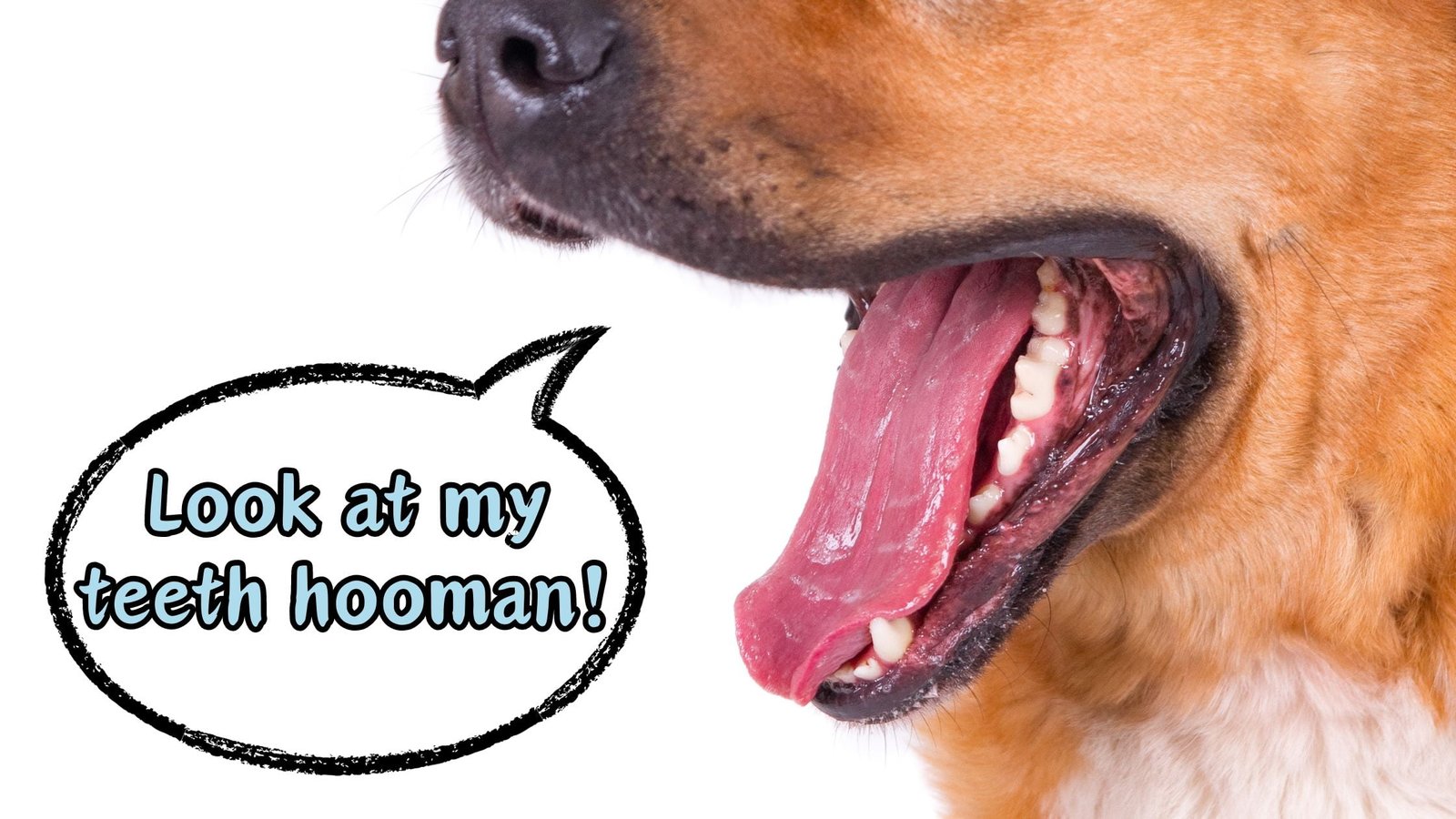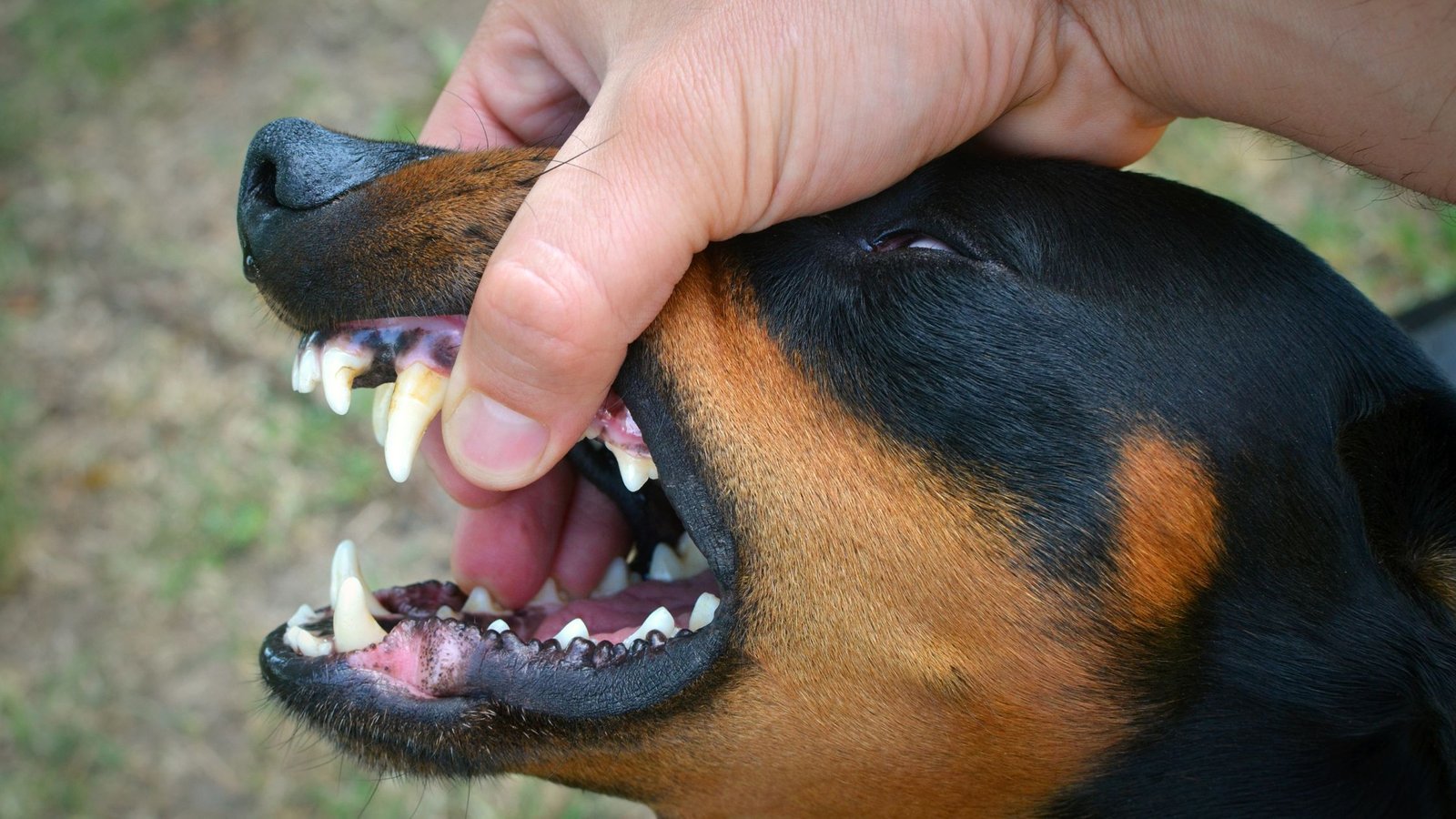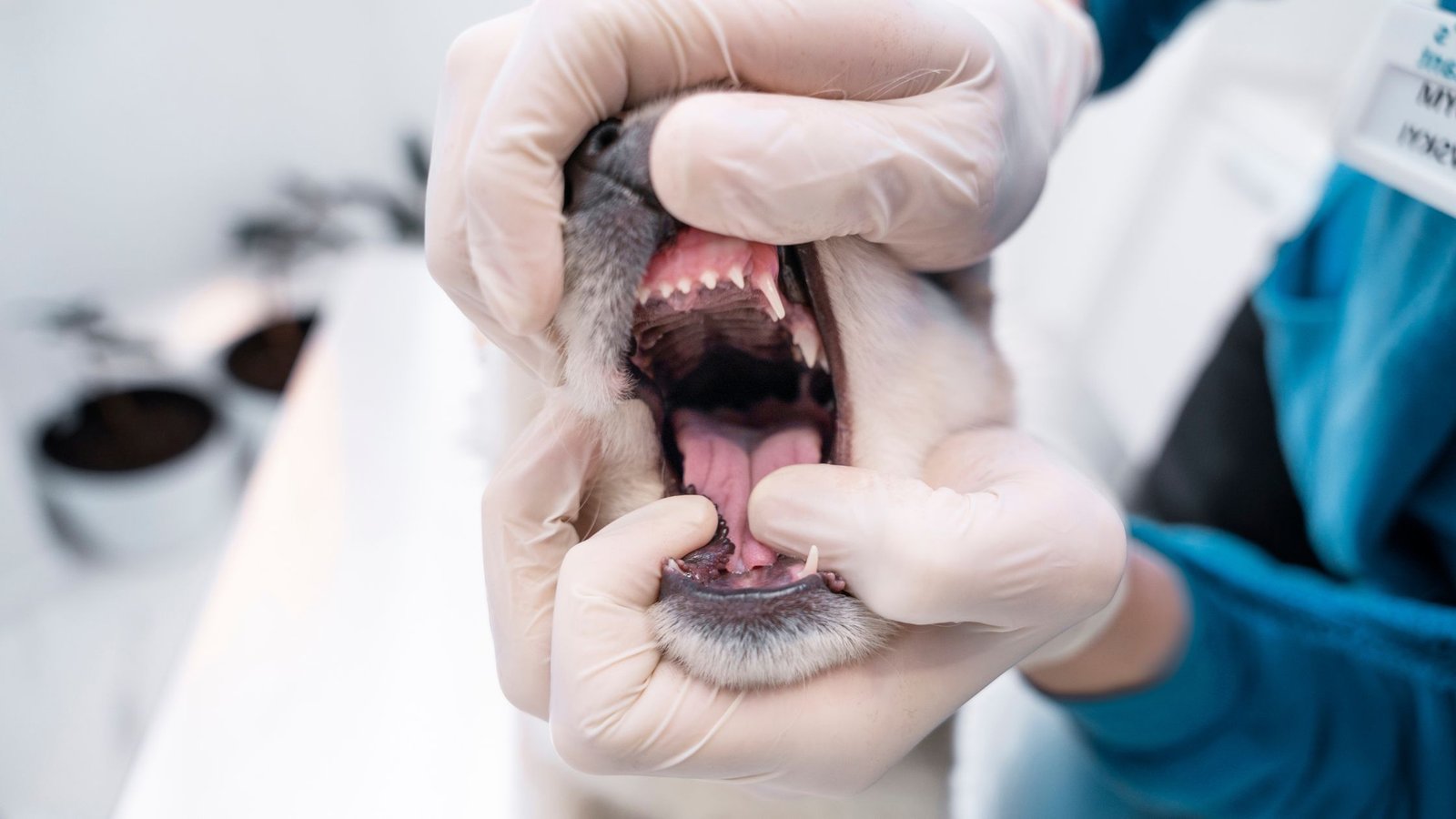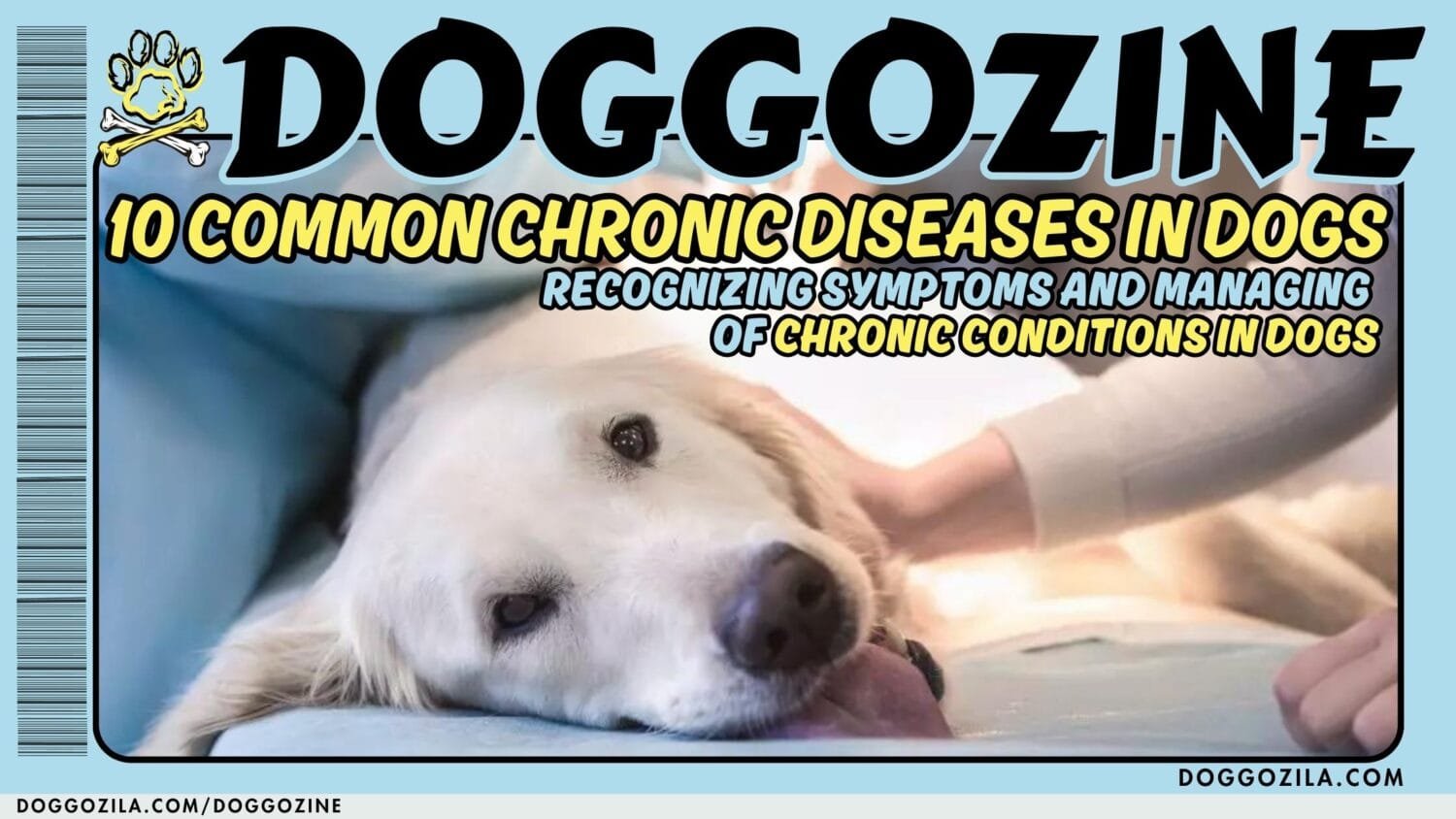
THE FAMOUS DOG TEEFS
Dogs often bare their teeth in various situations. Some owners may think this behavior shows aggression or fear. But dogs use their teeth to convey a range of emotions and intentions. This article explores why dogs show their teeth and what these displays mean.
Smiling and Acceptance
Dogs don’t smile like humans. But they may show teeth in what looks like a smile. When a dog lifts its mouth corners and exposes teeth, it often signals acceptance and submission. This behavior happens when a dog interacts with its owner or a pack leader. By showing teeth this way, the dog acknowledges the other’s authority.
Playfulness and Excitement
Dogs may also show teeth when playing or feeling excited. During games or fun interactions, a dog may pull back lips and bare teeth. This display usually comes with a wagging tail, relaxed body, and joyful demeanor. In these cases, the dog’s intent is not to threaten, but express enthusiasm and enjoyment.
Warning and Threat
Sometimes, a dog shows teeth as a warning or threat. A tense body, growling, and fixed stare often accompany this teeth display. The dog feels threatened or defensive and uses this behavior to communicate aggression. Intervening safely is crucial to prevent bites or harm when a dog issues this warning.
Sometimes dogs show their teeth as a warning sign. They may also stand stiff, raise their fur, and growl deeply. This usually means the dog feels threatened or wants to protect something. When a dog acts this way, it’s best to give it space and avoid making it more upset.
Fear and Anxiety
Like people, dogs can show their teeth when scared or anxious too. This defensive behavior often happens in situations that scare or overwhelm the dog. A frightened dog may pull back its lips to bare its teeth. Approach a fearful dog carefully, and try to comfort and reassure it.
Dental Issues
Dogs might show their teeth because of mouth problems or pain too. If a dog’s mouth hurts, is inflamed, or irritated, it may display its teeth. Take your dog to the vet for a dental exam if it often shows its teeth or acts like its mouth hurts.
When dogs bare their teeth, look at the whole situation to understand why. Dogs use teeth signals to share different feelings like acceptance, playfulness, warning, fear, or discomfort. By observing tooth displays carefully, owners can better meet their dog’s needs and keep everyone safe.

WHY DOES MY DOGS SHOW THEIR TEETH BUT WAG THE TAIL?
Many pet owners feel confused when their dogs show teeth and wag tails at the same time. It seems strange to see a dog baring teeth, which looks aggressive, while also wagging its tail happily. Understanding why dogs do this can help owners understand their pets’ emotions and respond properly.
The Submissive Grin or Smile
One reason dogs show teeth while wagging is called the “submissive grin” or “smile.” This behavior looks aggressive, but it’s actually a sign of submission or trying to avoid trouble. A dog doing a submissive grin will lower its head, wag its tail, flatten its ears, and have a relaxed body posture.
The dog will also show its front teeth, looking like a smile. Its eyes may be squinty, showing it means no harm. Dogs most often do this submissive grin when interacting with someone or something more dominant, whether another dog or a human. The grin shows the dog is not challenging the dominant one’s authority and is no threat.
Body Language and Context
To correctly understand a dog’s intentions, look at its overall body language and the situation. While a dog is showing teeth, its other movements and posture give clues about how it feels. Context is important too. Is the dog playing, greeting someone, or feeling threatened? By considering everything, owners can understand dogs better.
Dogs often show their teeth when wagging their tails. But the meaning behind this can vary. We need to look at the whole body language. If the dog has a relaxed posture, soft eyes, and a loose wagging tail, showing teeth likely means a friendly “grin.”
However, if the dog has a stiff body, raised fur, tense tail, and fixed stare while showing teeth, it may signal aggression or fear. In these cases, it’s best to give the dog space to avoid any conflict. There are various reasons why a dog might show teeth while wagging its tail. The submissive grin is one explanation. But it’s crucial to consider the specific situation and the individual dog’s personality and history.
Reasons for Dogs to show their Teeth
Dogs sometimes show teeth during playful moments. They might do this to show excitement and happiness. This behavior often comes with a playful stance, bouncing movements, and a wagging tail.
Dogs can also get overstimulated or overwhelmed in certain situations. This might lead to an exaggerated response, including teeth showing. This usually stems from excitement or frustration. The dog might also bark in a high-pitched tone or have excessive energy.
In some instances, a dog may show its teeth while wagging its tail due to fear or anxiety. This could be a defensive behavior to ward off perceived threats. Or it might be a response to a stressful situation.
Handling dogs when show teeth and Wagging Tail
When a dog displays its teeth while wagging its tail, it’s important to read the situation properly.
Remain calm and follow these tips:
- Stay relaxed. Dogs can sense human emotions, so staying composed helps avoid escalating things. Freaking out or being aggressive will likely make the dog’s behavior worse.
- Watch the body language. Look for other signs of friendliness, fear or distress – not just the teeth and wagging. This helps you understand the dog’s mindset.
- Give space if needed. If the dog seems scared or uneasy, back off. Let the dog retreat to somewhere it feels safe and secure.
- Get expert advice. If concerning behavior continues, consult a dog trainer or behaviorist. They can fully assess the situation and offer tailored guidance.
Dogs show teeth and Tail Wag: Often Not Aggressive
It may seem odd, but a dog showing teeth while wagging usually isn’t being aggressive. More likely it’s a submissive or calming signal. But you need to consider the full context, body language and the individual dog’s personality to understand the meaning.
Stay composed, read cues carefully and allow space when needed. This helps ensure positive, safe interactions with your furry pal. If unsure, don’t hesitate to get professional help – it provides valuable insight for managing any worrying behavior.

WHY DOES MY DOG BARE HIS CHOMPERS WHEN I SCOLD HIM?
It can seem strange when our furry pals show their teeth. Many pet parents link it to feeling mad or a warning. But showing teeth is just one way dogs chat with body language. We should try to understand why rather than jump to conclusions. Our pup’s body signals give clues about their mood and reasons for baring teeth. We must see the full picture instead of just one action.
Being Afraid or Stressed can make dogs to show their teeth
One possible reason why your dog shows his teeth when you tell him off is fear or anxiety. Dogs may display defensive behaviors, such as growling or showing their teeth, when they feel threatened or uncomfortable. It is their way of communicating that they are scared and want the perceived threat to go away.
If your dog is showing his teeth in response to being told off, it could be an indication that he is feeling fearful or anxious about the situation. It is important to approach these situations with empathy and try to identify the root cause of your dog’s fear or anxiety.
Consider whether there are any triggers or specific situations that consistently elicit this response from your dog. If so, it may be beneficial to consult with a professional dog trainer or behaviorist who can help you address your dog’s fear or anxiety in a positive and effective manner.
Dogs can show their teeth when Guarding a Resource
Sometimes, your dog may show his teeth when you tell him off because he thinks you want to take away something important to him. This is called resource guarding. Dogs can become very protective over things like food, toys, or even their favorite spot to rest. When they think these special things might be taken away, they may act aggressively by showing their teeth.
If your dog shows his teeth when you try to take something away, be very careful. Do not punish or yell at your dog. Instead, you should work on training exercises that teach your dog that giving up things is okay. This will help your dog feel good about letting you take things away.
You may need help from a dog trainer or behavior expert. They can give you guidance and techniques to properly address resource guarding. They can help you create a training plan that builds trust and teaches your dog that giving up things leads to good things happening.
Lack of Socialization can cause your dogs to show their teeth
Dogs that did not get to meet many people, animals, and visit new places when they were puppies may show fearful behaviors, like showing their teeth. If your dog did not get to experience lots of different things during this important time, he may feel scared or defensive in unfamiliar situations.
When you tell your dog off, he may see it as a negative social interaction, which makes him show his teeth defensively. In these cases, you need to give your dog positive socialization experiences. Gradually introduce him to new environments and situations in a calm way.
When dogs display their teeth, it could mean different things. A professional dog trainer can help create a plan to introduce your dog to new experiences calmly. This plan will address your dog’s unique needs.
Dogs show their teeth when Feeling Unwell
Sometimes, dogs show their teeth because they feel pain or discomfort. If your dog shows their teeth when you touch them, they may have an injury or health issue. You should take your dog to the vet to get checked.
If the vet finds no medical problem, your dog may need to rebuild trust with you. Avoid harsh handling. Use positive reinforcement and gentle interactions instead. Once health issues are ruled out and trust is rebuilt, your dog should feel safe and calm during interactions.
Reading Body Language
Dogs show their teeth for different reasons – fear, protecting resources, lack of socialization, or discomfort. To understand why your dog does this, look at body language and the situation. Punishing or scolding will not help and may damage your bond with your dog. Instead, identify and address the root cause of the behavior.
Consulting with a professional dog trainer or behaviorist can provide you with valuable insights and guidance to address your dog’s behavior in a positive and effective manner. By understanding and addressing the root cause, you can work towards creating a harmonious and trusting relationship with your furry companion.

HOW TO REACT WHEN YOUR DOG GROWLS OR BARES TEETH
Dealing with a dog that is growling or showing its teeth can be a concerning and potentially dangerous situation. It is important to approach this behavior with caution and take appropriate steps to address it. Let’s discuss more about effective strategies for handling a dog that is exhibiting aggressive behavior.
Divert Their Attention
When you notice your dog growling or showing its teeth, it is crucial to distract them from their current state. One effective way to do this is by using a high-pitched yelp or calling out their name in a firm tone. This sudden noise can startle them and redirect their attention away from the aggressive behavior.
Additionally, you can try offering them a toy or treat to focus their energy on something positive. By providing an alternative outlet for their emotions, you can help them shift their focus away from the growling or teeth showing.
Move Away Calmly
If your dog is growling or showing teeth directly at you, it is important to prioritize your safety. In such cases, calmly and slowly step away from the situation. Avoid making any sudden movements that may escalate the aggression.
Dogs show teeth and growl in uneasy situations. It’s vital to act carefully and remove sources of stress. Giving space lets the dog relax before further interaction.
Separate Them from the Situation
If your dog growls or bares teeth at someone or an animal, remove them with a leash or harness. Guide them gently away from the trigger. Take them somewhere quiet to regain control over emotions. Prioritize everyone’s safety.
A quiet, separate area helps an overexcited, aggressive dog calm down. Use another room or their crate away from triggers. Make the space comfy with toys and blankets for relaxation.
Final thought on Why do Dogs Show their teeth
Dogs growl and show teeth in stressful situations. Distract them from negative behavior. Step away if aggression is towards you. Remove them if they threaten others. A careful, thoughtful approach is key.
Dogs need a calm place to go. This helps them feel better. You must keep everyone safe. Be ready if a dog acts mean.
Want to know about dog teeth? Learn more here!









